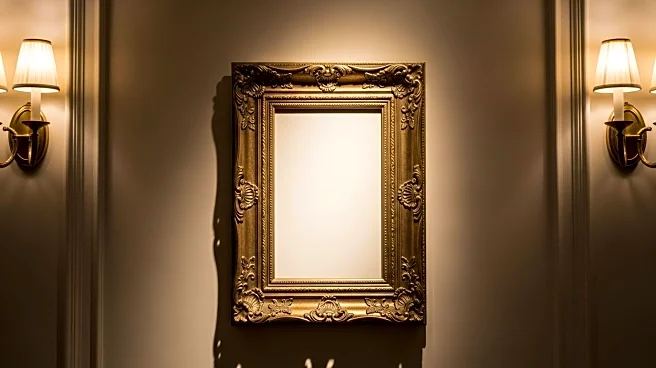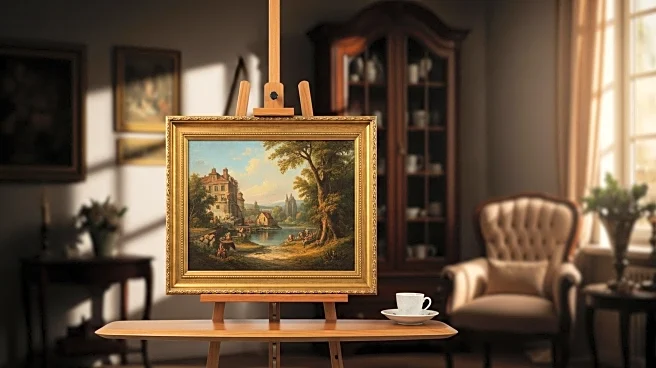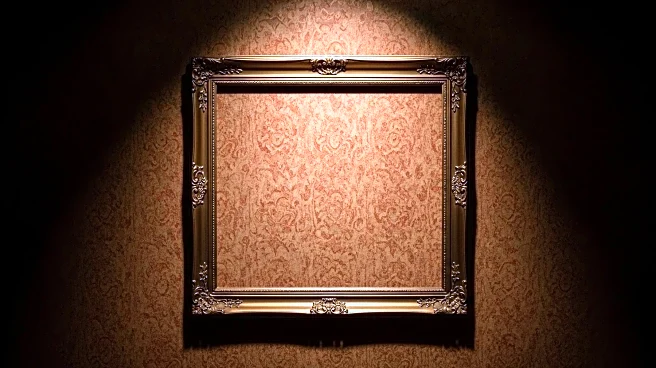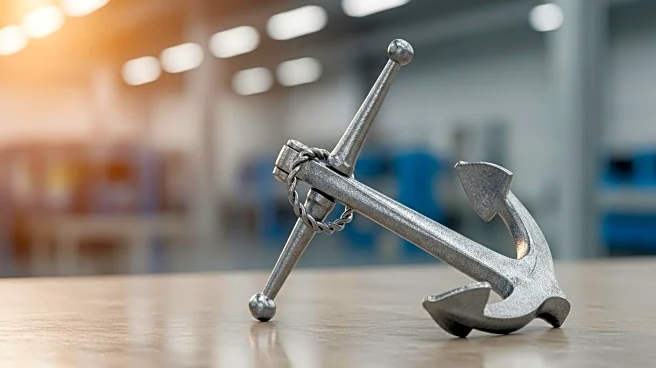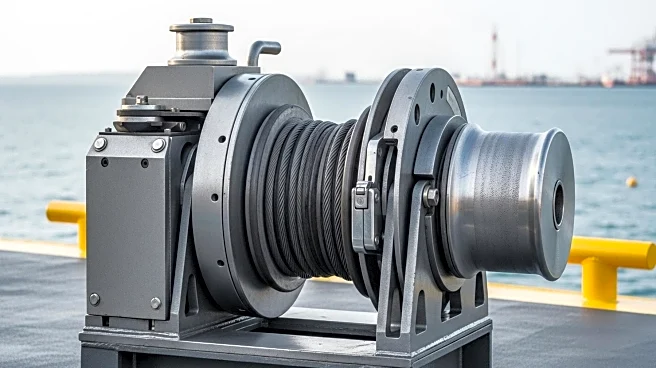What's Happening?
Argentine authorities are actively investigating the whereabouts of an 18th-century Italian painting, 'Portrait of a Lady,' believed to have been looted by a Nazi fugitive during World War II. The painting, attributed to Italian Baroque artist Giuseppe Vittore Ghislandi, was reportedly spotted in a real estate advertisement for a property in Mar del Plata, Argentina. The home is believed to be owned by descendants of Friedrich Kadgien, a Nazi officer who fled to Argentina after the war. Despite a police raid on the property, the painting was not found, though other items were seized for further investigation. The case highlights Argentina's historical role as a refuge for Nazi fugitives and the ongoing efforts to recover looted art.
Why It's Important?
The investigation into the 'Portrait of a Lady' underscores the enduring impact of Nazi art looting and the complex process of restitution. The painting was originally owned by Dutch Jewish art dealer Jacques Goudstikker, whose collection was seized by the Nazis. The discovery of the painting in Argentina raises questions about the fate of other looted artworks and the responsibilities of countries that harbored Nazi fugitives. The case also highlights the role of international cooperation in art restitution, as Dutch authorities and the Cultural Heritage Agency of the Netherlands are involved in the efforts to recover the painting. Successful restitution could set a precedent for similar cases, impacting art markets and legal frameworks globally.
What's Next?
The investigation is ongoing, with Argentine authorities examining potential charges of concealment and smuggling. The Cultural Heritage Agency of the Netherlands has expressed disappointment over the painting's absence but remains committed to its recovery. Marei von Saher, the heir of Jacques Goudstikker, is exploring legal avenues to reclaim the artwork. The case may prompt further scrutiny of properties linked to Nazi fugitives in Argentina and could lead to additional discoveries of looted art. The outcome of this investigation could influence future restitution efforts and international legal standards regarding art repatriation.
Beyond the Headlines
This case highlights the ethical and legal challenges in recovering art looted during wartime. It raises questions about the responsibilities of countries that provided refuge to war criminals and the complexities of proving provenance decades later. The involvement of international media and art experts illustrates the importance of transparency and collaboration in addressing historical injustices. The case also reflects broader cultural and historical narratives about the Holocaust and its aftermath, emphasizing the need for continued vigilance in preserving cultural heritage.
